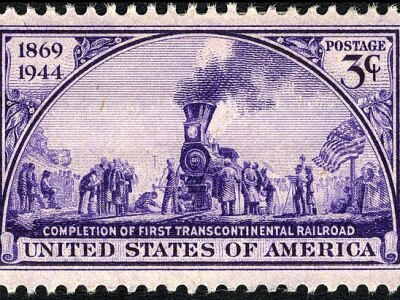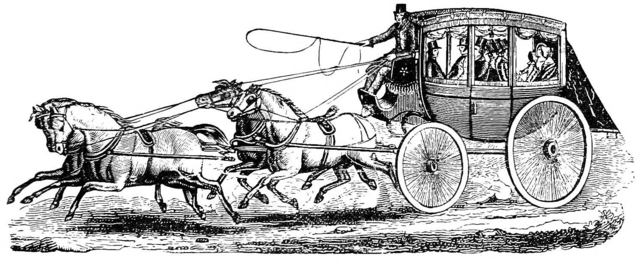Immigrant Workers on the Transcontinental Railroad
Central Question:
How was the treatment of Irish and Chinese immigrant workers on the Transcontinental Railroad both similar and different? What were the driving causes of any differences?

In the early and mid 1800s, travel across the United States was very difficult. The journey could be made by wagon, which could take five months, or stagecoach, which took one. Goods were expensive to ship across the continent and, like personal travel, could take months. By 1865, Railroads connected cities in the eastern United States, but most tracks stopped at the Mississippi River and none extended beyond Missouri. Americans wanted an easier and cheaper way to travel and ship goods across the country. In 1862, the federal government took action. Congress passed the Railroad Act, which provided government support for the construction of a railroad that spanned the United States from coast to coast. The laying of tracks soon began.

The federal government authorized two companies to complete the monumental task of building a transcontinental railroad. The Union Pacific Railroad worked its way west from Omaha, Nebraska. Workers of the Union Pacific laid tracks across the Great Plains and through the Rocky Mountains. The Central Pacific Railroad started in Sacramento, California and moved east. Central Pacific workers crossed the Sierra Nevada Mountains and the Great Basin. The two companies met at Promontory Point in northern Utah on May 10, 1869. People could now travel from California to New York in just four days.

One of the challenges officials from the Union Pacific and Central Pacific faced in building the transcontinental railroad was finding workers to help with construction. Irish immigrants had been a common source of labor in the United States since the early 1800s and had become a major labor force during the late 1840s as famine drove them from Ireland to the United States. The Union Pacific Railroad drew heavily from the Irish laborers living in the eastern United States for their work crew. Fewer Irish lived on the west coast. Instead, the Central Pacific Railroad employed a large number of Chinese workers, who had more recently arrived from China, and immigrated in increasing numbers seeking jobs in the United States. In contrast to the Irish, the Chinese had not previously been a significant part of the labor force in the United States prior to the 1850s.

In this inquiry you will use primary sources to compare and contrast the hardships faced by Chinese and Irish railroad workers, including conditions they faced in Utah. You should consider whether both groups faced racism, which is the belief that one race is superior to others. You should also be aware of stereotypes, the wrong belief that all people within a group have the same characteristics. Stereotypes were often based on racist ideas that entire groups of people were stupid or immoral. You might compare the working conditions and the salaries of each group. Both the Irish and Chinese workers faced difficult, but at times different, working conditions as laborers on the railroad. Your work is to find the similarities and differences between the hardships they faced.
Chinese Workers
The Chinese Exclusion Act
Photo of Chinese Railroad Workers
Leland Stanford
Chinese Railroad Workers in North America Project
Ah Sing
Charles Crocker
Irish Workers
The Irish in Columbus
The Irish Emigrant's Guide to the United States
James Silk Buckingham
Francis J. Grund
1880 Utah Census Report
This lesson can be adapted to fulfill either a Utah History Core Standard or a US History I Core Standard. Find the resources for both classes below.
7th Grade:
UT Standard 2.5: Students will construct an evidence-based argument to explain how the development of transportation and communication networks across the state changed Utah's economy and human geography.
8th Grade:
U.S. I Standard 6.3: Students will identify the economic and geographic impact of the early Industrial Revolution's new inventions and transportation methods, such as the Erie Canal, the transcontinental railroad, steam engines, the telegraph, the cotton gin, and interchangeable parts.